There is more interest this spring in assessing options for rearing surplus lambs, due to higher litter sizes. The recent lambing supplement detailed findings to date from a UCD trial investigating artificial rearing of lambs (see www.farmersjournal.ie).
A number of queries received in the last two weeks surround what type of options or feeding equipment are available for artificial rearing of lambs, best practice for cross-fostering and the success of leaving triplet lambs with ewes.
The option of leaving triplet lambs with ewes and the advantages and disadvantages to the system will be discussed in greater detail next week.
Cross-fostering
Cross-fostering is the preferred option of rearing orphan lambs, be this triplet-born lambs, lambs from a ewe with insufficient milk or in cases of ewe mortality. Different farmers have their own tried and trusted methods of fostering, but there are a few criteria or recommendations constant across all options.
The first is assessing the foster ewe. It may seem straightforward, but it is important to check she has milk in both teats and has no lumps on her teats or udder.
Where fostering a second lamb on to a ewe, check ewe condition and milk supply (this can sometimes be an issue where single-bearing ewes are receiving small volumes, if any, of supplementation pre-lambing or with aged or broken mouth ewes).
The ewe must also be in good health – there is little point in cross-fostering a lamb on to a ewe that is very sick, as is often the case with a ewe that has experienced a very difficult lambing. Likewise, lambs should not be cross-fostered on to ewes that abort.
Frequently, the orphan lambs are already selected for you. However, if selecting a single lamb from a triplet or quad litter for fostering alongside a single-born lamb, it is advisable to pick the strongest lamb that can best compete with the newborn single.
In a small number of cases where a triplet-bearing ewe is blind on one side or has insufficient milk and there is an opportunity to foster two lambs on to a ewe, often it is best to select the two smaller or more even lambs, leaving the largest with the ewe.
Fostering methods
There are three main methods of fostering. The first and most straightforward is fostering an orphan lamb on to a single-lambing ewe by means of using the ewe’s own lambing fluids.
One of the best aids I have seen in visiting different farms is a flexible plastic/rubber tub that will fit in behind a ewe when lambing and collect the lambing fluids. Such tubs can be purchased in general purpose shops and only cost a few euro.
Previously, washing the orphan lamb in lukewarm salty water helps to mask its smell and entice the ewe to lick the lamb better.
Restraining the orphan lamb’s legs (where born for a while) will also convey a message of just being born and help confuse the ewe.
Many farmers also recommend keeping the ewe’s own lamb away for a few minutes and allowing the ewe to become accustomed to the orphan lamb first. Experienced ewes are best for cross-fostering, with first-time lambing hoggets harder to foster lambs on to.
If this fails, it will be difficult to get lambs fostered, even by means of a fostering crate, and the best option is often artificial rearing.
Fostering crates work best where the foster ewe has no lambs of her own. If a ewe is going to take successfully to lambs, most farmers advise it should occur after a period of two to three days in the fostering crate.
The last option is skinning lambs that die. This works best with single-fostered lambs as there are no competing scents of multiple lambs. The skin can generally be removed after two days, at which time the ewe should take to the lamb.
Artificial rearing
The opportunity to cross-foster lambs will be significantly reduced in prolific flocks. Bottle-rearing lambs is an option where there are a small number of lambs. However, it is not a feasible option where there are a high number of orphan lambs.
In this case, the only feasible options are selling orphan lambs or investing in an artificial feeder.
Entry model feeders on the market are simple bucket feeders that heat the milk and keep it at a constant temperature by means of a heating element in the bucket. These can generally feed anywhere from 20 to 40 lambs and cost from €200 to €400, depending on the specification.
The feeders have the advantage, over bottle feeding, of improving lamb performance by offering lambs ad-lib access to milk maintained at a constant temperature.
Comparable levels of performance are attainable to suckled lambs, but the importance of stock management and maintaining high levels of hygiene in feeders and the housing environment cannot be understated.
There is still a level of labour needed, with feeders requiring cleaning daily and top-up of milk at regular intervals (this will depend on number of lambs). Lambs also need to be trained into drinking at the outset.
There are also automated feeders on the market that mix the milk powder and regulate the milk flow and temperature. These feeders have a higher specification, with some offering data recording and can cost anywhere from €1,500 to over €2,000, but one feeder can feed up to 60 or 70 lambs.
Some farmers have also developed simple bucket teat feeding systems that work with cold milk feeding. The disadvantage with these is maintaining intake levels in periods of cold weather.
Bio-security concerns
It is important to remember there are risks of introducing disease where purchasing orphan lambs or foster ewes.
The risks can be visible (sheep scab/lice, etc) or worse still, hidden where there are risks of introducing abortion-causing diseases (enzootic abortion, for example) or scour-causing pathogens.
It is important to check the history of the flock or implement quarantine procedures.






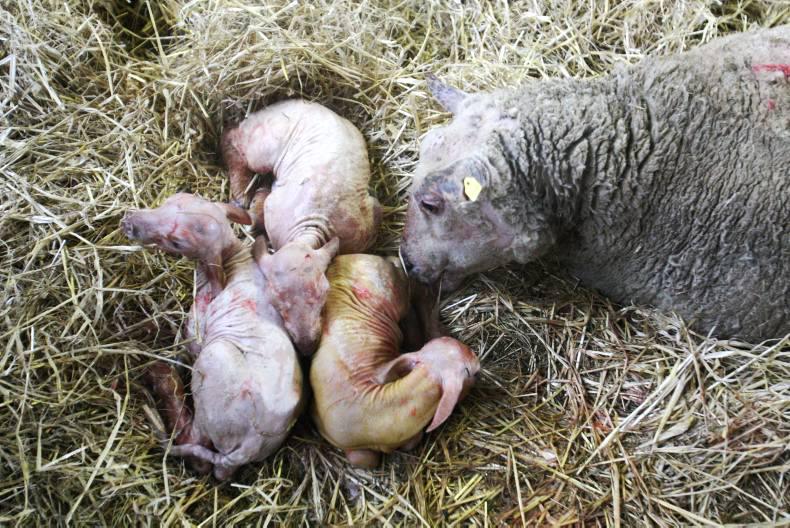
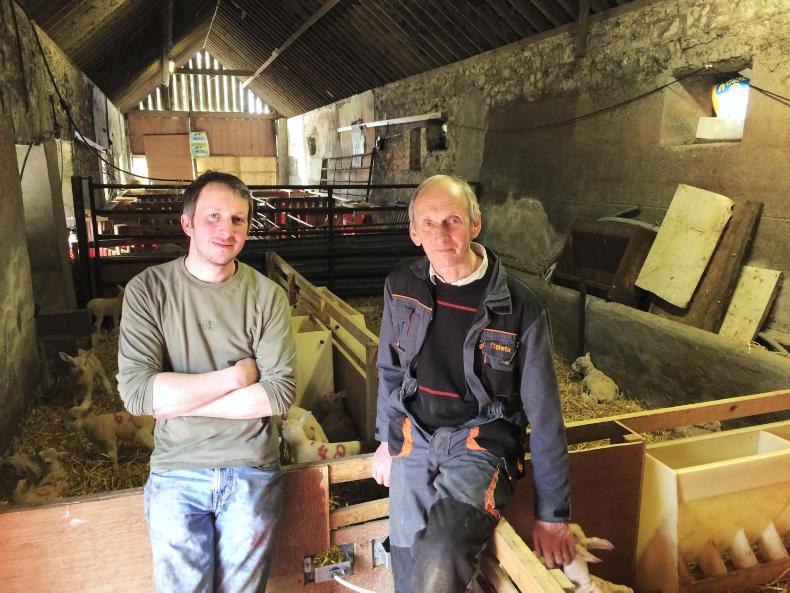

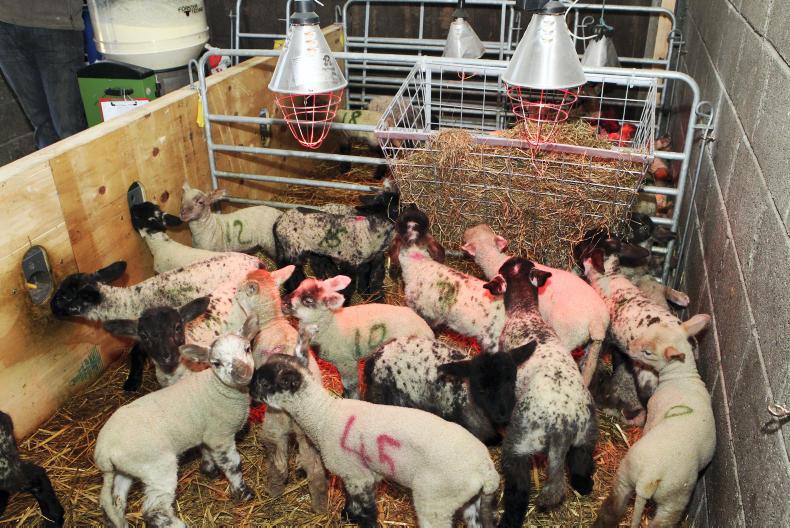
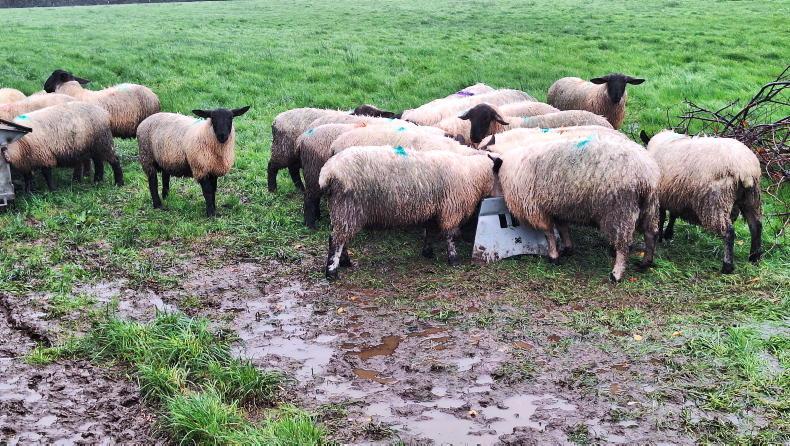
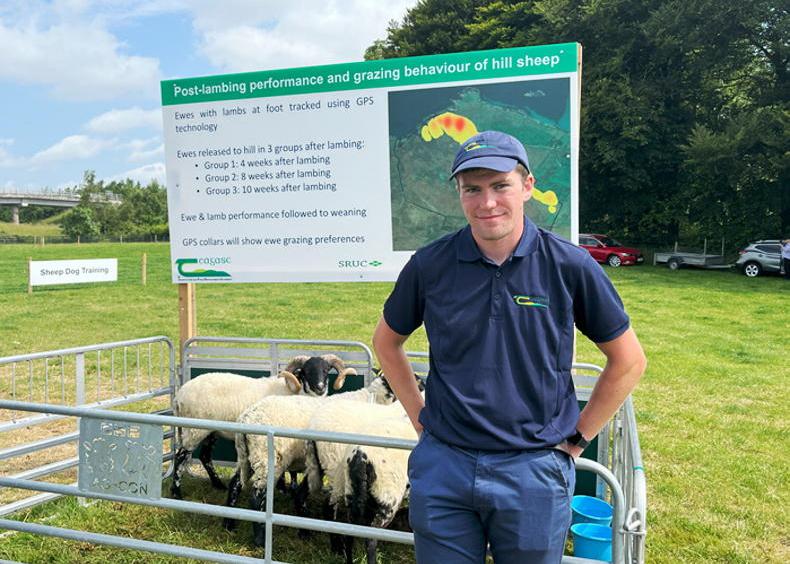
SHARING OPTIONS